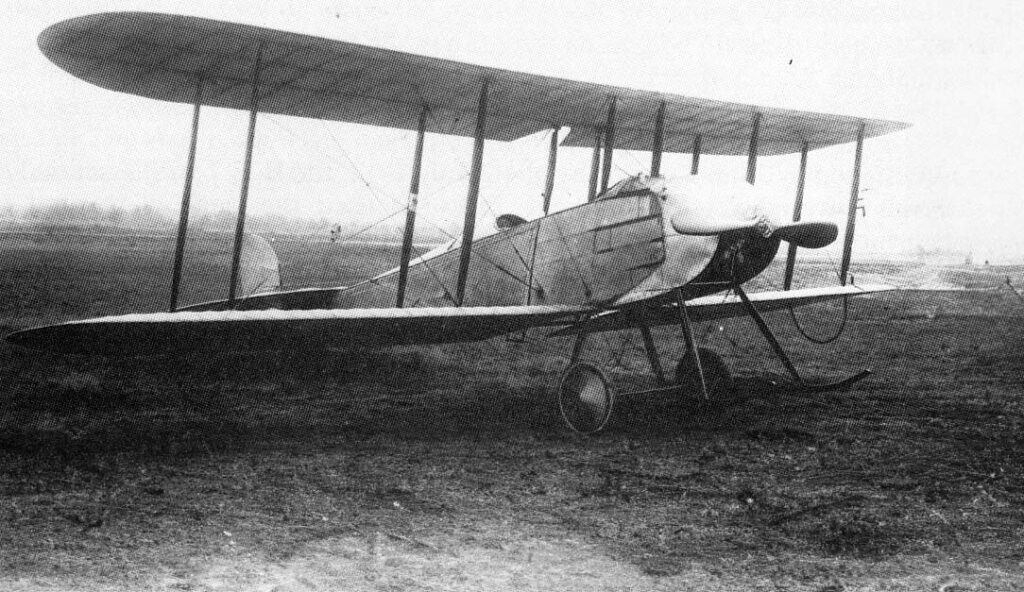The Royal Aircraft Factory BE.8 is a testament to Britain’s aviation efforts during the early 20th century. Through this article, we delve into its development, design, performance, and military involvement, reflecting the needs and challenges of the era. In the annals of aviation, certain aircraft become symbols of their times. The Royal Aircraft Factory BE.8 stands as one such symbol from the British realm, representing the efforts of Britain to innovate and compete in the tumultuous period of World War I.
History of the Development of the Royal Aircraft Factory BE.8
The 20th century’s onset saw nations racing to dominate the skies. With the First World War looming, the importance of air superiority was becoming evident. Britain, with its vast empire, needed aircraft for reconnaissance and light combat roles. In this backdrop, the Royal Aircraft Factory in Farnborough initiated the BE (Bleriot Experimental) series.
The BE.8, a progression in this series, first took to the skies in 1913. The objective was clear: create an aircraft that could serve as a reconnaissance platform while also being capable of light combat roles. The BE.8 was a step forward from its predecessor, the BE.2, aiming to rectify its shortcomings.
Design of the Royal Aircraft Factory BE.8:
Built predominantly with wood and fabric, the BE.8 featured a conventional design for its time. With a wingspan of about 37 feet (approximately 11.3 meters) and a length nearing 27 feet (roughly 8.2 meters), it was neither too large nor too compact.
The BE.8 sported a tractor configuration, with the propeller at the front. This design improved visibility for the pilot and observer, crucial for its reconnaissance role. However, this configuration also made it vulnerable to frontal attacks.
Its main landing gear was sturdy, equipped with a tailskid. This provided stability during take-offs and landings, albeit at the cost of added weight.

Performance of the Royal Aircraft Factory BE.8
Powered by a Renault engine producing around 70 hp, the BE.8 could achieve a top speed of about 72 mph (around 116 km/h). Its service ceiling was about 10,000 feet (approximately 3,048 meters), and it had a range of roughly 250 miles (around 402 kilometers).
Compared to its contemporaries, the BE.8 wasn’t a standout in terms of performance. Several German aircraft of the period, for instance, had superior speed and agility.
Military Use and Combat of the Royal Aircraft Factory BE.8
Designed primarily for reconnaissance, the BE.8 did come equipped for combat. It had provisions for a .303 Lewis Gun for the observer and could carry a small payload of bombs.
However, its combat history is limited. By the time World War I was in full swing, the BE.8 was becoming outdated. Faster and more capable German fighters posed a significant threat to the BE.8, relegating its use primarily to training and secondary roles.
The BE.8 wasn’t extensively sold to other nations. Its operational history was brief, soon being eclipsed by more advanced aircraft. By the war’s end, the BE.8, like many of its contemporaries, was retired, giving way to the next generation of combat aircraft.
The Royal Aircraft Factory BE.8 encapsulates the rapid progression of aviation technology during the early 20th century. While not a game-changer in itself, it played its role in the grander narrative of World War I aviation, marking Britain’s journey in the skies during a defining era.
Back to the Warbirds section.